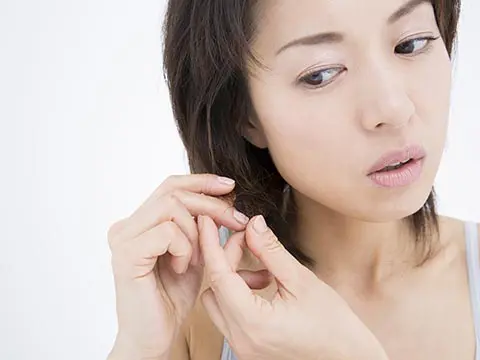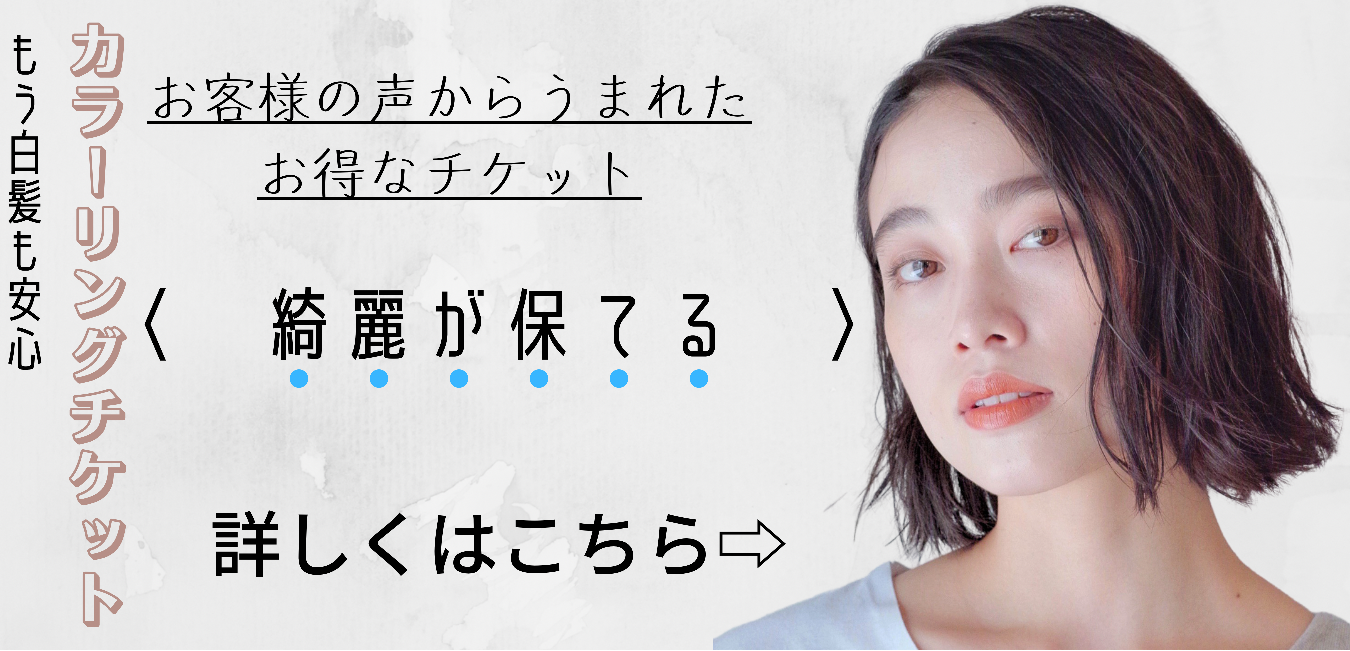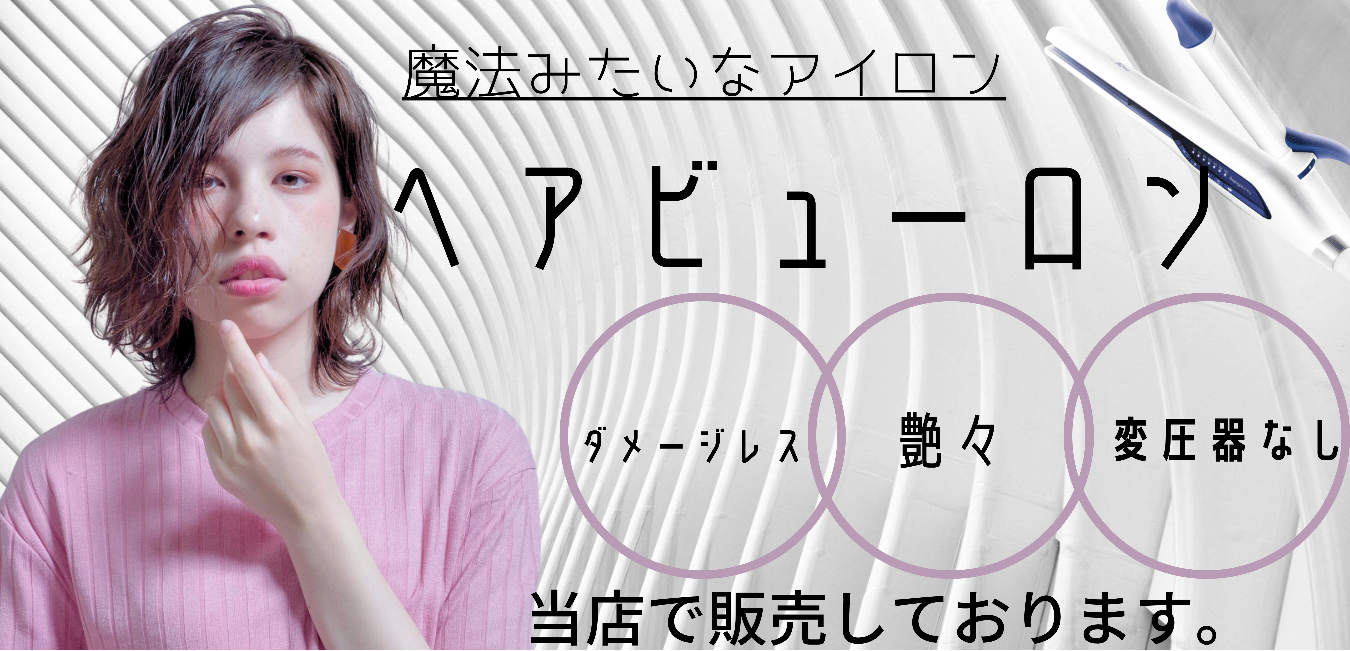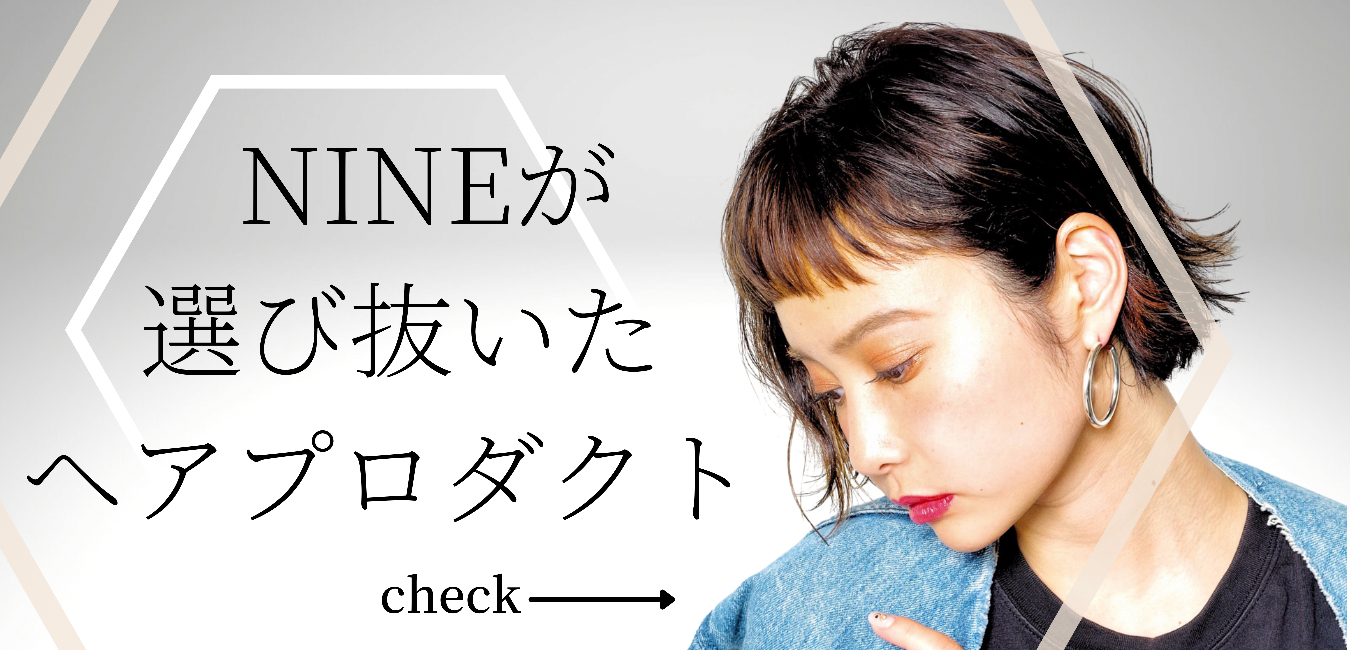
When you see hairs falling out of your brush, do you worry that you are the only one losing a lot of hair? Don’t you worry that you are the only one who is losing a lot of hair? However, it is normal for a significant number of hairs to fall out every day. Here, we summarize basic knowledge about the number of hair loss, including the hair growth cycle and factors that change the number of hair loss.
CONTENTS
The number of hairs falling out per day can be nearly 100.
I honestly feel uneasy when I see hair loss…
More than 200 hairs can fall out during “hair loss season
The majority of hair loss occurs during hair washing.
Just because you lose a lot of hair does not mean you have thinning hair.
Focus on “increase/decrease” and “remaining hair” rather than the number of hair loss
The number of hairs that fall out in a day can be nearly 100.
The number of hair loss in a typical day is said to be 50 to 100 hairs, which may seem like a large number to many people, but since the total amount of hair is 100,000, it is not so surprising if we consider that “0.1% of all hair falls out in a day”.
In addition to seasonal changes in hair loss, “excessive beauty and dieting,” “after childbirth” and “immediately after stopping the use of the pill” can also increase the amount of hair loss due to hormonal imbalance and disruption, and can even last for nearly six months.
I’m honestly worried when I see the hair loss …
Common causes of hair loss include stress-induced hair loss, nutritional deficiencies due to poor diet, and anemia. Some of you may have been surprised by the amount of hair loss and may have taken more ingredients such as alginic acid contained in seaweed, obtained hair growth products as a preventive measure against hair loss, or considered going for AGA (male pattern baldness) treatment.
During “hair loss season,” more than 200 hairs can fall out.
Autumn is the season of the year when hair loss is said to increase the most. It is not uncommon for more than 200 hairs to fall out per day in the fall. The reasons for the high hair loss in fall can be attributed to “winter hair loss, just like animals,” or to the effects of summer sunburn and damage, but usually the amount of hair loss returns to normal in less than a month.
The majority of hair loss occurs during hair washing.
So when do hairs fall out during the day? The most common time is when washing hair, with more than half of the hairs falling out during shampooing. However, not all hair loss occurs during shampooing. In most cases, hairs that have already fallen out are washed out of the hair by rinsing with hot water.
Even after brushing, you may be concerned about hair loss. Brushing also brings up hair that has already fallen out, but be careful not to try to forcefully brush it out, as this will pull it out and cause it to fall out or break off in the process. You will also find loose hairs on your pillow and sheets when you wake up from sleep. You may want to consider about 100 hairs totaling everything as an acceptable amount, and you may want to do a quick check.
Just because you lose a lot of hair doesn’t mean you have thinning hair.
However, hair does not just fall out. While hairs fall out, new hairs grow back. About 10% of all hair is in “resting phase,” a state in which the hair matrix cells are resting under the scalp. The resting period lasts for a few months, and new hair grows at any time after that. Considering the fact that “0.1% of all hair falls out every day,” as discussed earlier, it is safe to assume that the amount of hair is maintained even if a little seasonal factors cause a lot of hair to fall out.
Focus on “increase/decrease” and “remaining hair” rather than the number of hair loss
From the above, it is clear that it is not a good idea to judge the condition of your hair and scalp by the number of hair loss alone. However
Sudden increase in hair loss without factors such as postpartum or pills
Overall hair volume has decreased
Itching, dandruff, and stickiness
These are signs that you should start hair loss prevention measures immediately. While monitoring the effects of hair care, improving your diet and reviewing your sleep should also help to gradually calm hair loss. Moderate physical exercise and massages to improve blood circulation are also recommended.











